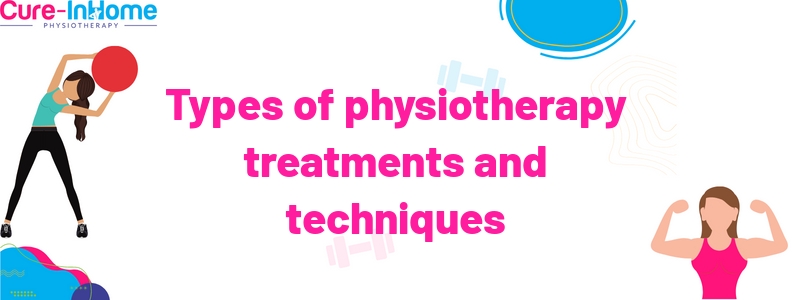
Types Of Physiotherapy Treatments And Techniques
Types Of Physiotherapy Treatments And Techniques
Physiotherapy is an age-old clinical profession which lends a hand to restore and maintain physical strength, mobility and function. Physiotherapists use different types of treatments and techniques to facilitate thehealing process and improve patient’s quality of life.
The treatments can broadly be divided into two categories – passive and active. Passive treatments involve procedures like soft tissue massage, joint mobilization, electrical stimulation or ultrasound which are performed by the physiotherapist. These types of help in relaxing tense muscles, increasing blood circulation and reduce inflammation or swelling at the impinge oned area. Active treatments emphasize on exercise as they are used to toughen weak muscles, increase range of motion and improve balance or coordination. A few examples include stretches, aerobic exercises, balance training and fortifying exercises using weights etc. In many instances special equipment like treadmills, resistance bands etc may also be utilized for many things rehabilitation purposes.
Apart from these treatments certain manual therapy techniques like joint manipulation or mobilization are also used to restore normal movements at a joint that has become limited as a result of pain or disuse related changes in it. Other specialized techniques like craniosacral therapy may also be employed depending upon individual diagnosis requirements.
Overall physiotherapists use a variety of treatment techniques to help their patients regain their lost function and mobility optimally – whether through passive methods or active exercises like stretching, fortifying etc – making it one of, if not the most practical modality for rehabilitation for conditions across all age groups!
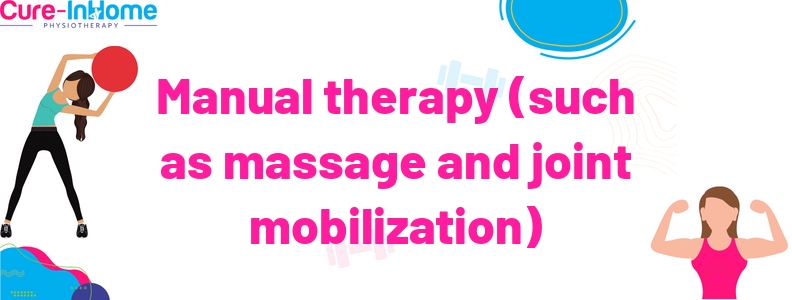
Manual Therapy (Such As Massage And Joint Mobilization)
Manual therapy, otherwise known as hands-on therapy, is a type of physical therapy which involves using the practitioner’s hands to manipulate and mobilize soft tissue and joints in order to improve movement, reduce pain and stiffness, and promote healing. Manual Therapy includes massage, joint mobilization, muscle energy techniques (MET), trigger point therapy and functional assisted stretching.
Massage works to reduce muscle tension in locations of tightness by releasing endorphins and relaxing the body. Massage can also help with improving circulation and range of motion in the impinge oned area. Joint mobilization is another common manual therapy technique which is utilized for many things restoring joint motion by applying gentle pressure to the joints. This helps improve flexibility of the joint which may help reduce pain and improve overall function.
Muscle Energy Techniques use subtle contracting movements to increase range of motion within a joint or tissue. This tends to help increase flexibility while also reducing pain. Trigger Point Therapy helps relieve tight muscles that are causing pain throughtout the duration of the body by targeting specific sensitive points where pressure is applied until the tension subsides. Finally, assisted stretching uses stretches designed to target specific muscles while being supported by a therapist’s hands or a device like a pulley system. This helps gain greater flexibility than could be achieved on their own as a result of improved postural control and better relaxation of targeted muscles.
Overall, manual therapies are an incredibly practical tool for physical therapists when managing patients with pain or restricted mobility as it allows for more direct contact between practitioner and patient for improved feedback along with deeper physiological effects on tissues and joints.
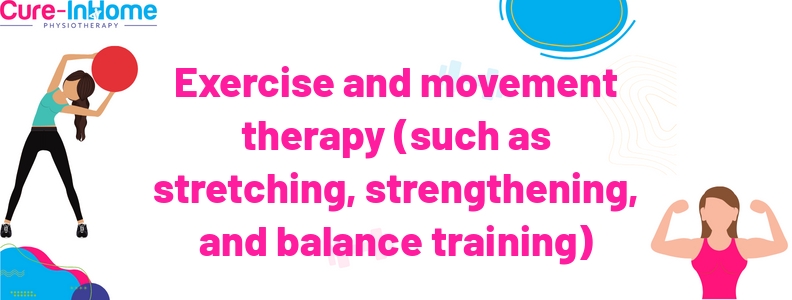
Exercise And Movement Therapy (Such As Stretching, Strengthening, And Balance Training)
Exercise and movement therapy are important forms of physiotherapy treatment. Exercise and movement therapy can help to improve strength, endurance, flexibility, balance, and coordination. Stretching is a primary component of exercise and movement therapy. It increases flexibility in the muscles by helping to elongate tight muscles. This improves the range of motion in joints and may reduce pain. Strengthening exercises use muscle contraction to build up strength in specific body parts or specific muscles. Balance training helps you learn how to maintain balance while moving. You can practice this using functional activities like balancing on one foot or walking on a balance board. These types of exercises can help improve motor skills like turning, walking, bending and hopping. It should be mentioned that they also help develop body awareness which usually may be useful for everyday activities like carrying groceries or navigating stairs safely. By incorporating exercise and movement therapies into your physio program, you may just be able to experience improved mobility and function along with reduced pain levels over time.
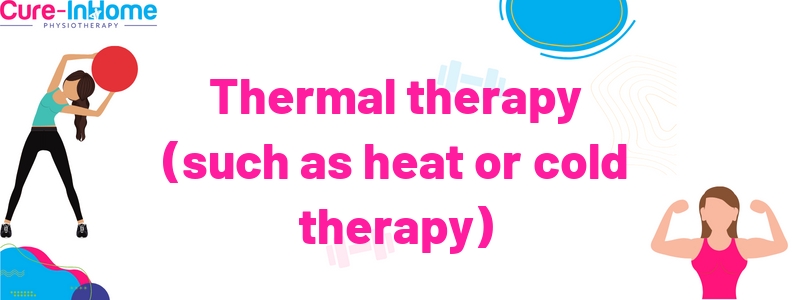
Thermal Therapy (Such As Heat Or Cold Therapy)
Thermal therapy is a type of physiotherapy treatment used to provide relief from pain and inflammation. It can definitely be utilized for many things a variety of conditions, like muscle spasms, tendonitis, bursitis, and arthritis. Heat therapy can definitely be applied pre-exercise to the impinge oned area in order to increase flexibility, while cold therapies have an analgesic effect that helps relieve acute pain.
Heat treatments, like paraffin baths and hot packs are great for promoting blood flow and giving muscles the power to relax. Warmth encourages healing by increasing circulation throughtout the duration of the impinge oned area. Meanwhile cold treatments help reduce swelling and numb the painful area for better healing potential. Applying ice packs or cold compresses to sore muscles can also help prevent muscle damage post exercise.
The advantages of thermal therapy don’t end there: research suggests it activates certain nerve fibres which help manage pain perception; some forms also work on subconscious levels allowing sufferers to relax quicker from stressful episodes. Overall, thermal therapy is a versatile option within physiotherapy treatment that can aid in relieving both acute and chronic pain during the rehabilitation process.
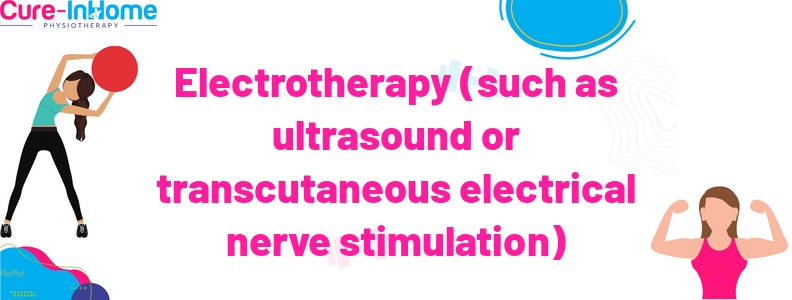
Electrotherapy (Such As Ultrasound Or Transcutaneous Electrical Nerve Stimulation)
Electrotherapy (or electrical stimulation) is a physical therapy technique used to treat various musculoskeletal injuries and painful conditions. This kind of treatment uses electrical impulses to stimulate the injured tissue, reduce inflammation, and improve mobility. It can definitely be quite practical in helping people with chronic pain, stiffness and limited range of motion in their joints or muscles.
Ultrasound is one form of electrotherapy which generates sound waves that pass through the body to produce heat that penetrates deep into tissues. This helps promote healing and relaxation by increasing circulation, reducing muscle spasms, relieving pain, and decreasing swelling.
Transcutaneous Electrical Nerve Stimulation (TENS) is another form of electrotherapy which works by stimulating nerves within the body using low-level electrical pulses. This technique lends a hand to block pain signals from reaching the brain along with providing a mild muscle contraction which usually may help improve range of motion in restricted areas. It is worth mentioning that it increases endorphin levels in the body which usually may act as a natural pain reliever.
Overall, electrotherapy can definitely be an practical treatment tool for managing musculoskeletal injuries, reducing inflammation and improving range of motion for better quality of life for those impinge oned by chronic pain or other conditions which limit mobility. Though side effects like soreness may occur after treatment it should subside quickly with appropriate rest and hydration afterwards.
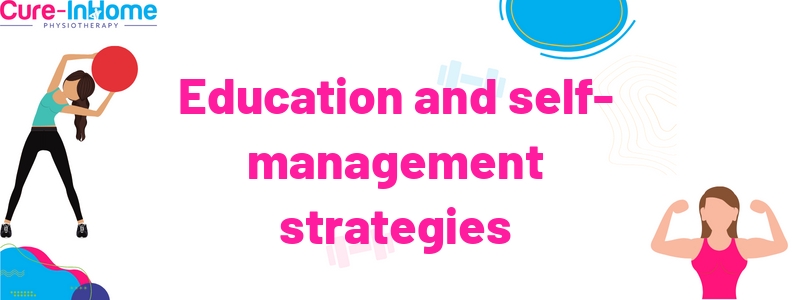
Education And Self-Management Strategies
Education and self-management strategies are a form of physiotherapy which focuses on the patient’s own knowledge and goal setting. This kind of treatment engages with patients to teach them how they can manage their condition themselves, emphasizing the importance of understanding their own bodies.
During a session, the patient will be instructed on how to manage activities that may exacerbate their condition or cause discomfort. A physiotherapist might also stress certain good postural habits or discuss safe exercises that can definitely be performed at home. The patient’s understanding of their own body is key for them maintaining control over their symptoms, making education a critical part of any successful treatment plan.
Other techniques commonly used as part of education and self-management strategies include relaxation techniques, like breathing exercises which help the patient relax muscles that are causing pain or tension. Education could also take place through instruction manuals and pamphlet talking about physical activities and techniques. Self-management strategies could include goal setting and monitoring progress to motivate individuals to keep pushing themselves beyond what they initially thought imaginable in terms of recovery.
Overall, education and self-management strategies play a critical role in regards to learning more about one’s own body, staying physically active and reaching pre-injury levels again. Students must be carefully educated on the function and limits of their body in order for this type of physiotherapy treatment to be successful.
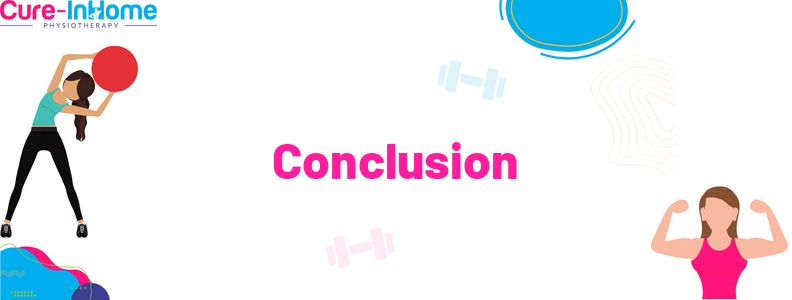
Conclusion
Physiotherapy treatments and techniques can definitely be a great addition to an individual’s overall healthcare plan. Depending on the type of injury or condition, there are many options for treatments that can help to reduce pain, improve mobility and function, along with increase strength and movement. Physiotherapists use various techniques to target different parts of the body and can tailor treatment plans to meet the needs of each individual patient. With advances in technology, physiotherapy is becoming additional practical in helping people get back to active lifestyles with improved quality of life.
